Jimi Hendrix thought it was a nightclub, in their early days The Beatles regularly dropped in on their way south from Liverpool and Gerry Marsden of the Pacemakers rated it as a good place for a “quick stop and a quick nosh”.
Welcome to Watford Gap services, located on both sides of the M1, the southbound site being the first motorway services to open in the UK, back in 1959.
With its colourful history as a rest stop for major bands in the 1960s before service stations became more common, Watford Gap has acquired the status of cultural icon. (One waitress sold her book of autographs for £1000.)
But if you want to experience its vibe one last time, you’d better be quick because Roadchef, the company that owns it, plans to knock it down and replace it with something more in tune with the 21st century, albeit with a display celebrating its glorious past.
“Watford Gap services is the jewel in Roadchef’s crown,” explains Amanda Mason, head of marketing at the company. “Customers have a strong emotional attachment to it and there are still people living nearby who, as teenagers, would drop in to see which stars were returning from gigs late at night.
But as the gateway to the north and south, both sites need to evolve. People’s reasons for wanting to visit – to rest, to eat and to refuel or recharge – will remain the same but we need to secure the business for the future and make sure Watford Gap is sustainable.”
Today, the contrast between the main building on the southbound carriageway, which looks almost as it did 65 years ago, and the rank of 12 smart new 350kW high-speed Gridserve chargers serving the latest electric cars adds weight to Mason’s argument.
There’s no redevelopment date yet but Roadchef’s plans are well advanced. To help ensure the new facility is, as its predecessor was, a trend-setter, last year Roadchef organised a competition among students in the Innovation department at Bristol University, inviting them to ‘blue-sky’ ideas for the new site, exploring themes around people, the future and the environment.
Mason was encouraged by the results. “The competition has changed the way we think about what the next generation wants from a service station,” she says. “The way younger people think about driving and travel is very different from people even just a decade or so older than them.”
I’m a few decades older still so forgive me if I don’t wholly share her excitement. A circus and a funfair for the kids? Virtual reality headsets that allow visitors to view the traditional one-arm bandit area at a Las Vegas casino or even the Grand National? I’m not sure about those student ideas, especially when Mason tells me the 52 million customers who visit Roadchef’s 30 service stations each year linger for less than 20 minutes.

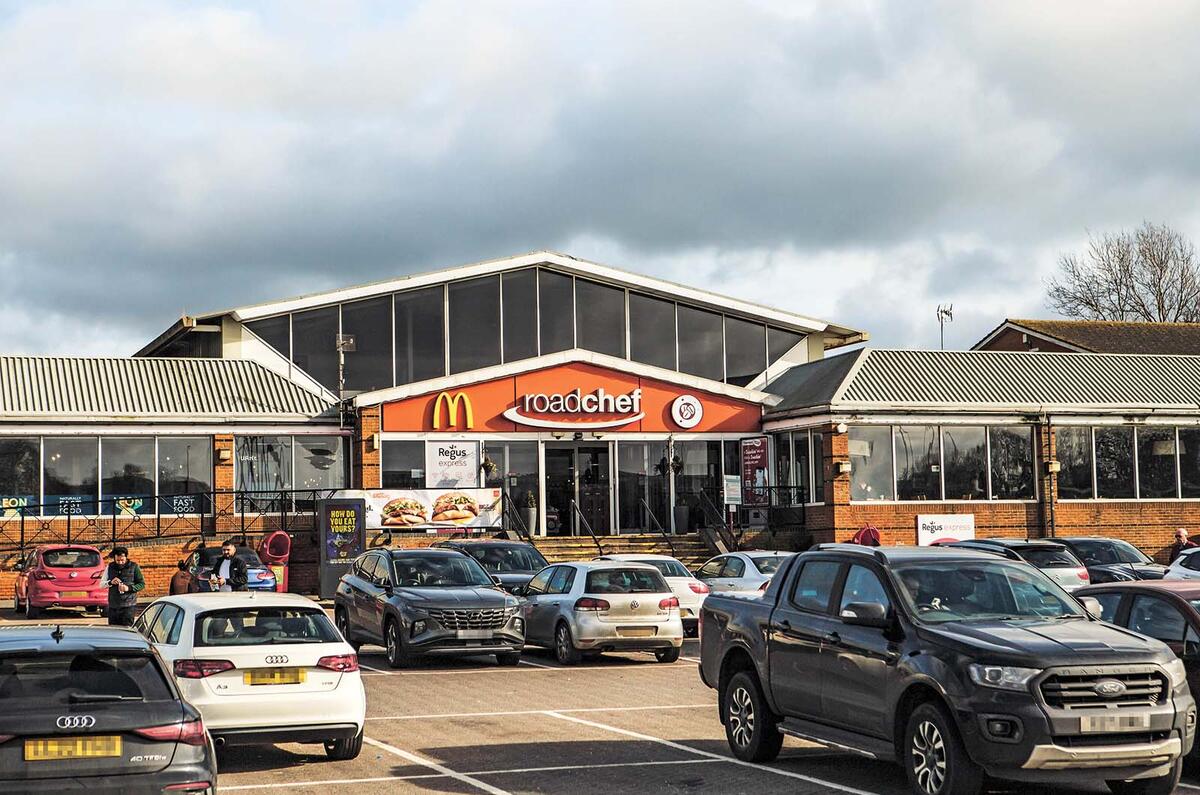
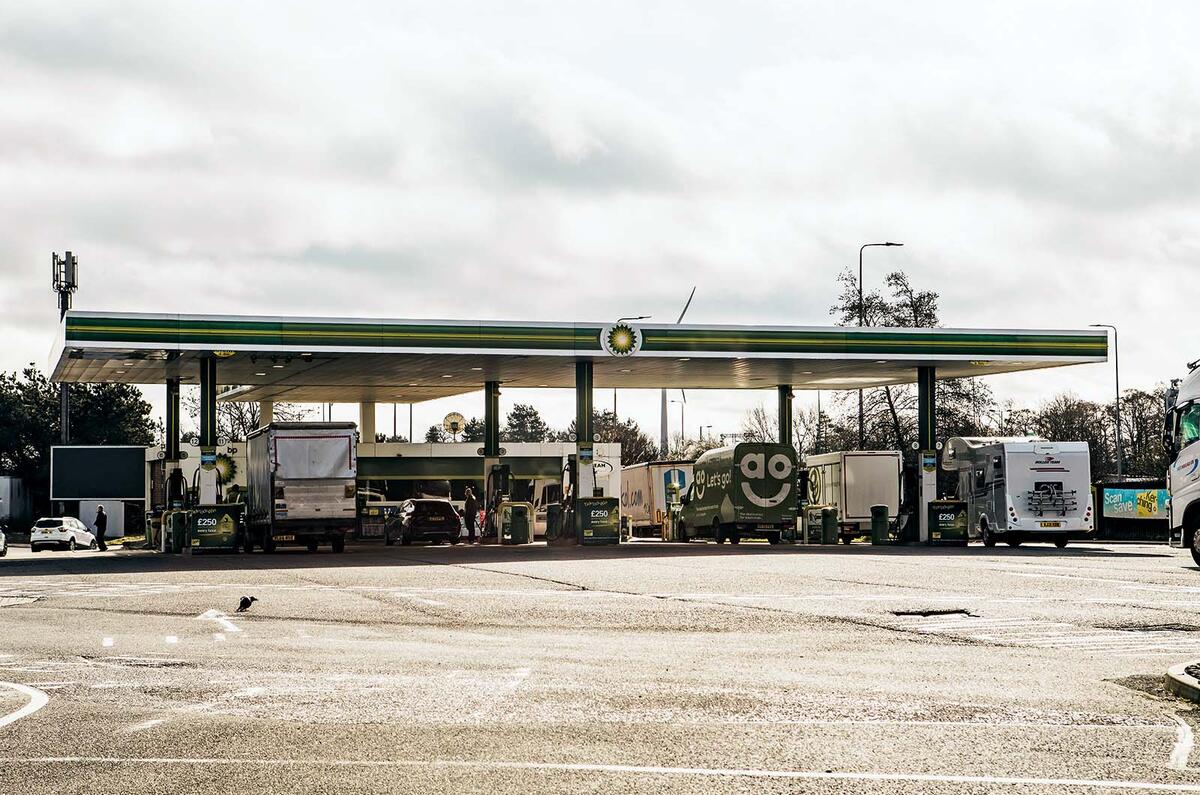
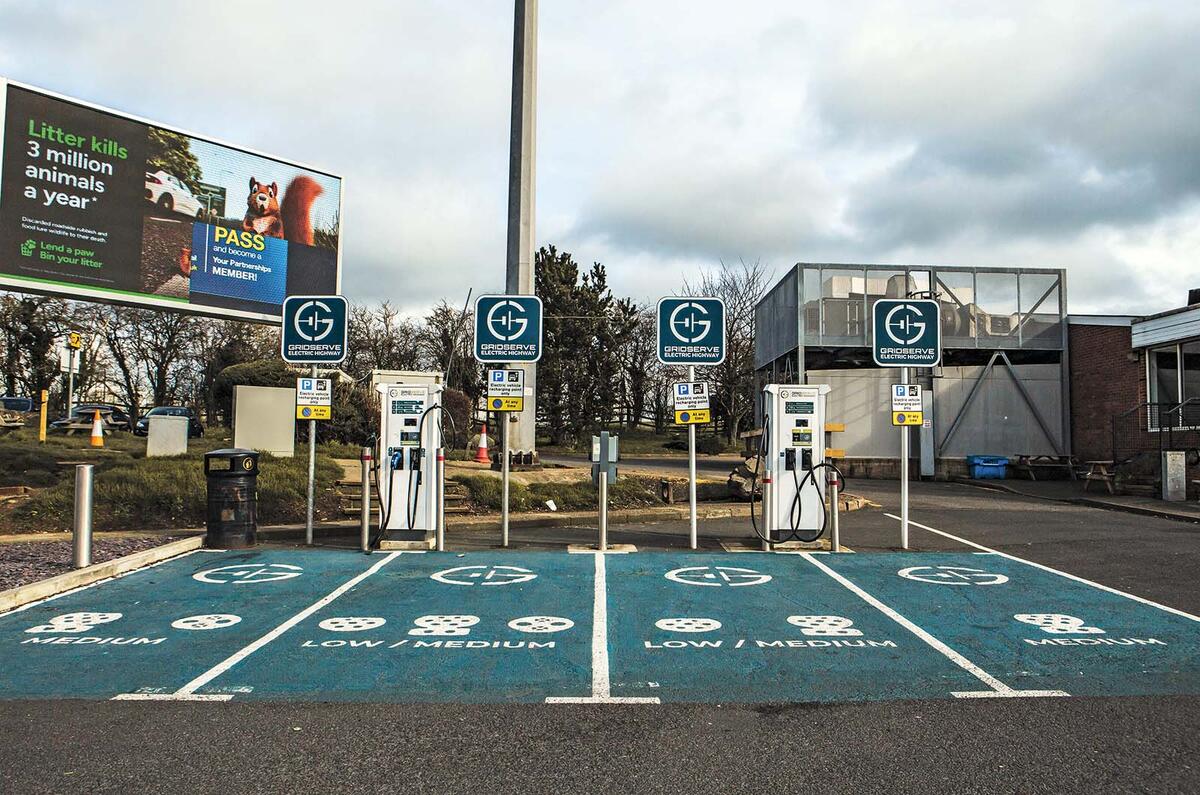
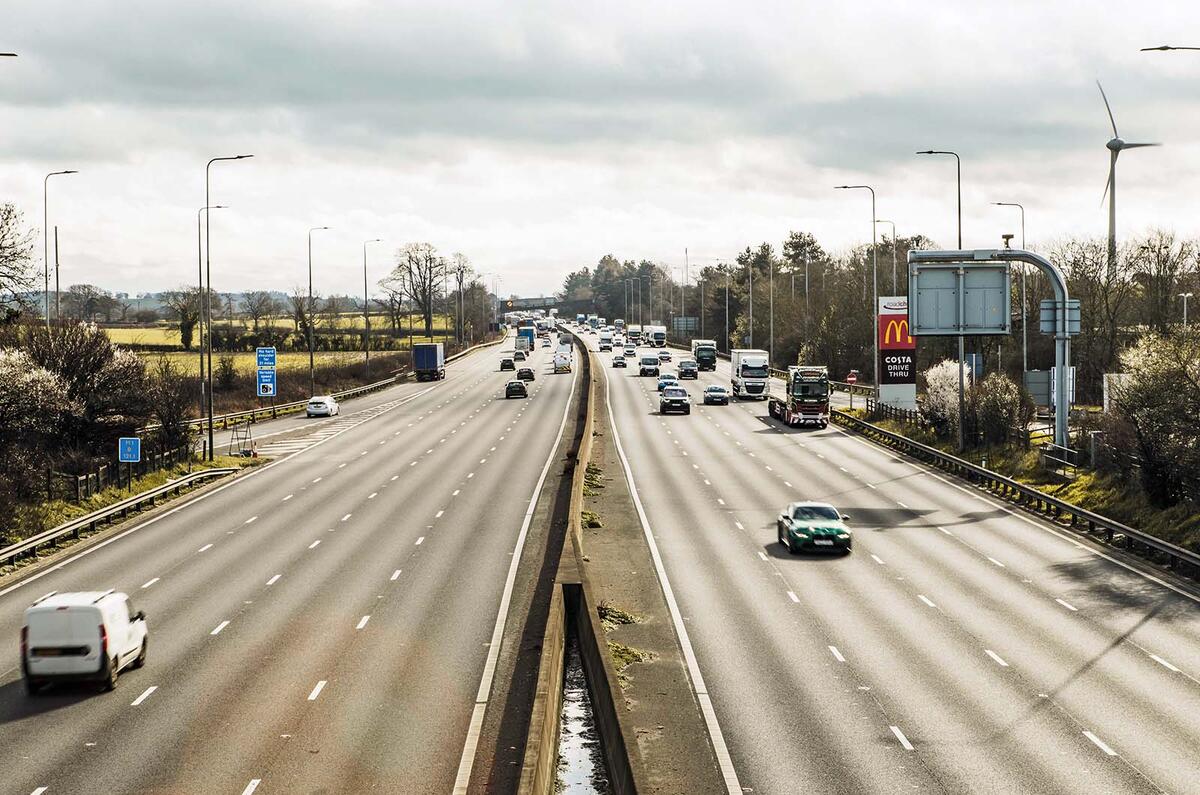

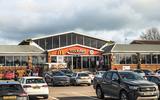
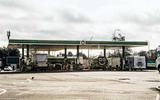
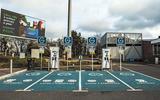





Join the debate
Add your comment
Always a gamble asking Students for a design idea.
I actualy miss the Little Chef type eateries, decent food, fair price and often not far from a Motorway junction. My favourites where the refillable Cafetiere of coffee and the Olympic breakfast.
There where quite a few in addition to Litle Chef, Happy Eater and popping into Julies Pantry was always good.
Anyone want a laugh, BP prices at Watford Gap are Petrol 1.74, Diesel 1.83.
Only been to Watford Gap once and it's just as awful as the rest of the UK motorway service services having fast food outlets,rip off shops,grubby toilets and expensive fuel. The only two decent service areas are Gloucester on the M5 and Tebay on the M6 both operated by Westmorland